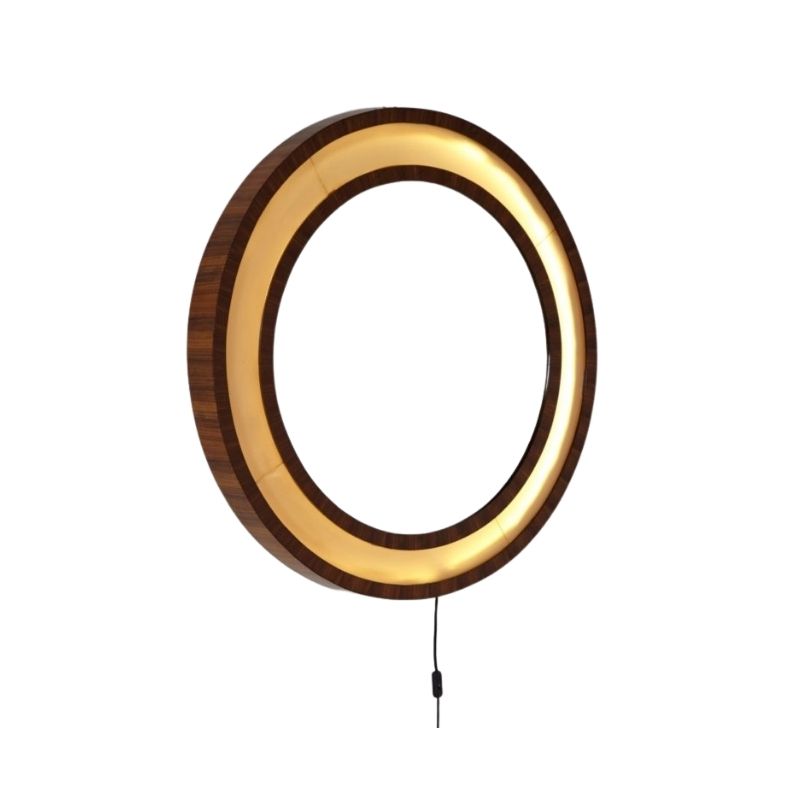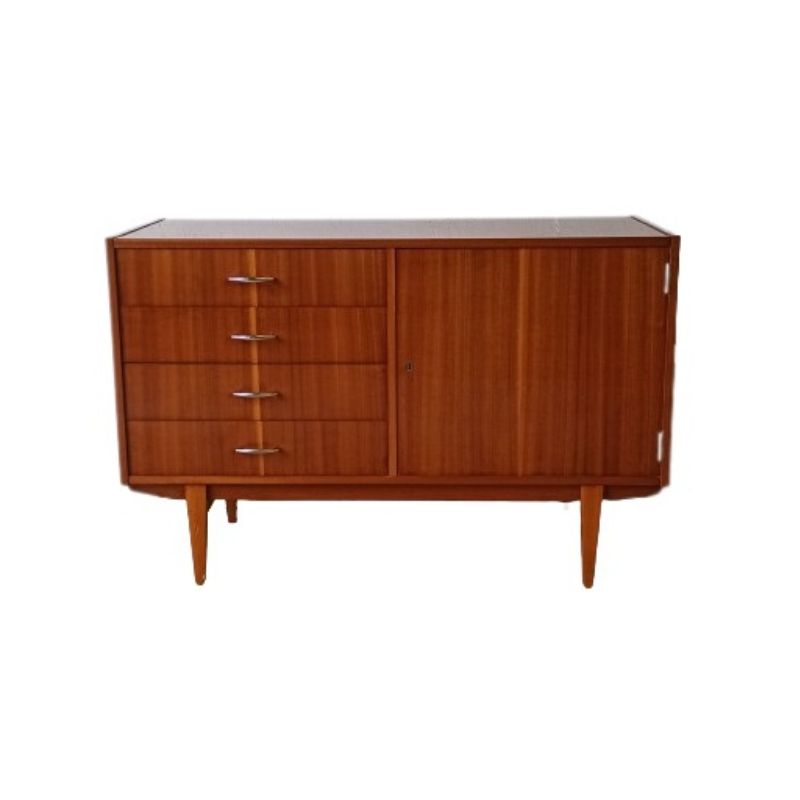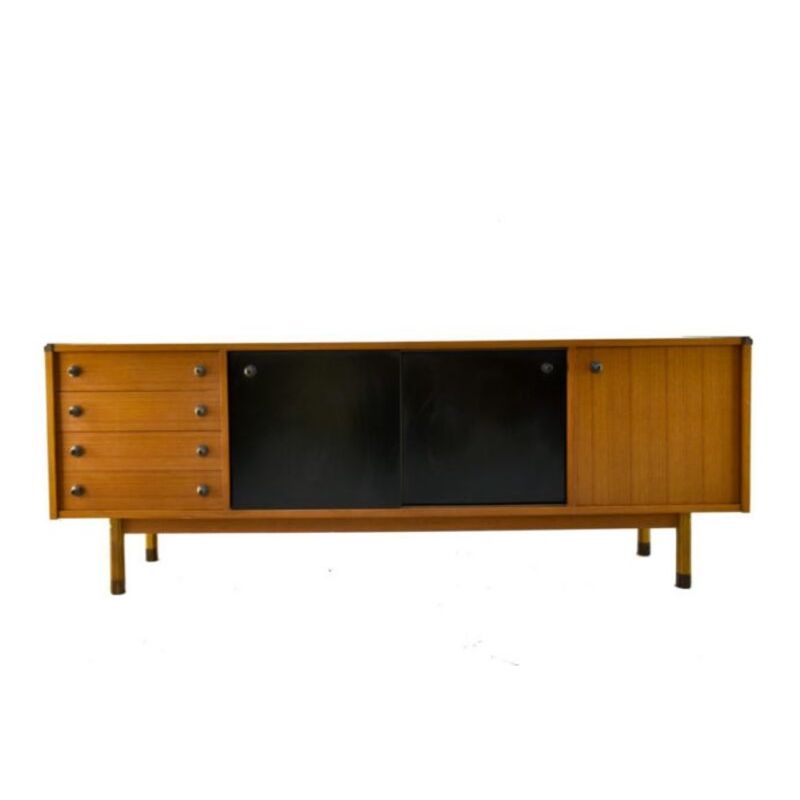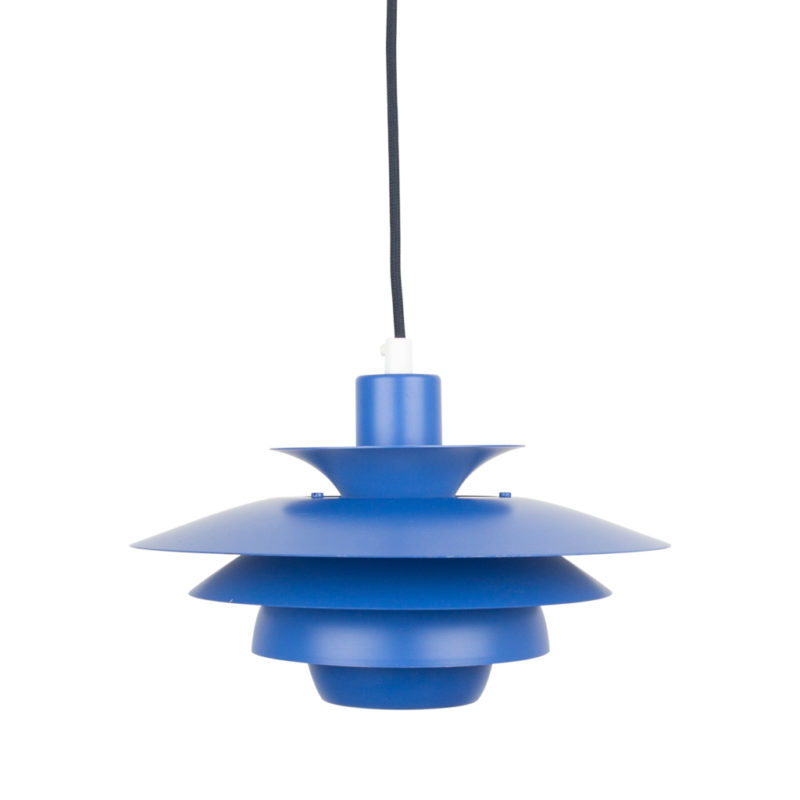Might be a silly question,...
Might be a silly question, but are you sure it's Bakelite ? There were other polymers in regular production by the 30's. In that photo it looks very black, and I'm accustomed to Bakelite having that glassy look - and it usually that tortise shell colour.
Anyway if you are sure it's Bakelite I have this snippet of advice saved from another project involving a decorative piece of it.:
Bakelite is another matter, Catalin is a thermoset resin that is cold poured into moulds and baked at a low temperature and hand finished when cured. Bakelite although it consists of the same raw materials but has a filler of sawdust, asbestos or other fibrous material. When manufactured, it is heated and injected into steel molds at high temperature and great pressure. This process results in the high gloss finish that collects on the outer surface of the Bakelite case. This finish however is very thin and can be dissolved with alkali and ammoniated cleaners. It can also be rubbed away with polishing, so care must be taken to preserve the finish as once it is gone it cannot be restored to it's original gloss. If the case is waxy and greasy you can clean it with paint thinner or cigarette lighter fluid. DON'T USE ALCOHOL!
I first clean Bakelite with a non alkali, non ammoniated cleaner like "Earth Wise" dishwashing liquid, it's a biodegradable with no alkali's or ammonia. After it is cleaned I use a product called "Magnolia Glayzit" is a polish originally designed to polish Bakelite telephones, I can also supply this product.
If a Bakelite finish is hopelessly dulled or has been completely destroyed, the only remaining hope is to go over it with a high speed cloth buffing wheel loaded with a polish designed to use with a cloth buffing wheel. BEFORE USING A HIGH SPEED BUFFING WHEEL, BE SURE THE MATERIAL IS BAKELITE, CATALIN, UREA or PLASKON! Some radio cabinets are made of other soft plastics which WILL MELT when buffed with a high speed buffing wheel! If you don't know for sure what type of plastic you have, test first on an inside area where any damage will not show. The high speed buffing will bring back some of the luster but never to it's original gloss. After buffing, use "Magnolia Glayzit". NEVER USE SANDPAPER ON BAKELITE!
Hope this helps!
Well, the main problem is...
Well, the main problem is photos not telling the whole story. From your photos I think the arms look fine, but I understand reflection and light can make it look better than it is.
Fact is, you live with it. Do you think it really detracts from the piece? If so consider buffing it. However, let me check with an acquaintance who has far more experience than I with Bakelite and get his opinion. Kind of get a risk ratio on it. Whereas buffing could only be plus, with no real downside besides looking as it does now.
Give me a few days, I will email him and see if I can get his opinion.
Cheers,
Maria
If you need any help, please contact us at – info@designaddict.com









